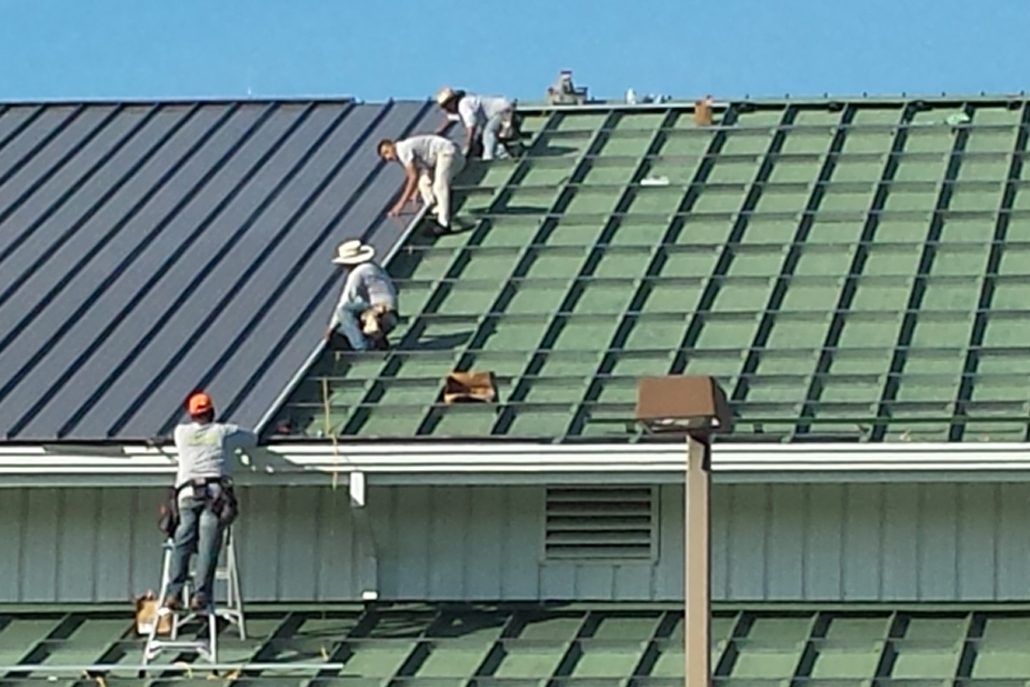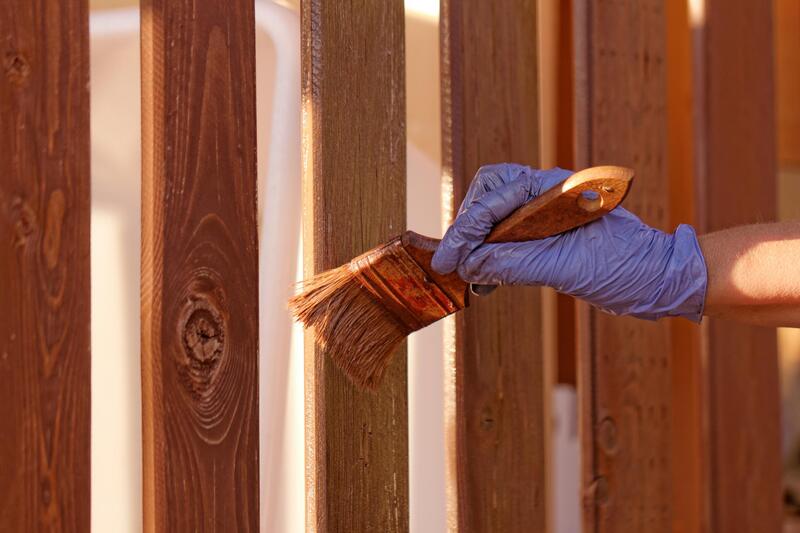
There are some requirements that contractors must meet if they plan to use shotcrete in their projects. First, you must attend a pre-construction meeting. The engineer will organize these meetings prior to the actual start of the work.
Next, you must clean and dry the surface. This is to ensure the shotcrete bonds well and that there are not any voids, growths, or material that might interfere. Concrete that is not asphaltic or reinforced steel must be removed. It is important that the surface be clean and level. To remove any excess spray, a stiff bristle brush is used.
After the surface is prepared for use, the contractor must provide all of the necessary equipment, labor and materials. The contractor must also have sufficient shotcrete to meet project specifications. To transport materials to the location, contractors will normally use a ready-mix truck. Depending on the type of project, other equipment may be required.

A contractor will need to use many different methods to prepare a surface in shotcrete. Abrasive blast cleaning is a good option. High pressure water blasting and chipping Hammering are also options.
The shotcrete can be used on top or in place of any existing structure. However, the surface must be protected from drying right away after it has been applied. Install a layer with impervious material to protect the surface. It should be trimmed approximately 45 degrees from your work surface.
Once the surface is prepared the shotcrete gun should be pointed perpendicularly at the working face. Unless otherwise specified, the shotcrete shall be applied from the lower portion of the area upward. You may occasionally need to add layers of shotcrete to repair portions of the job that are not as thick.
The shotcrete must adhere to surfaces without flowing and should have a rich, glossy look. The consistency of the shotcrete can be controlled by adding pozzolanic material to the mixture. The proportion of water to be added to the mixture should also be controlled.

Before installing shotcrete the contractor will need to conduct a series of tests. Each panel must measure 3 1/2 in thick and include 2-#4 bars. The testing panels should be done by qualified personnel. They should also provide all the materials required for the project and conduct the coring. Upon approval of the test panel by the Engineer, the shotcrete contractor will be able to proceed with the substructure repair.
The Engineer must be notified by contractors before they apply shotcrete. This will enable the Engineer inspect the work and make a decision about whether it is satisfactory. Any repairs that are not acceptable may be halted.
The contractor must also ensure that the surface is uniformly distributed from batch to batch. A shotcrete that is either too thin or too thick won't be able resist the stresses encountered during construction. Moreover, it is important to keep the temperature of the shotcrete below 90 degrees Fahrenheit.
FAQ
What documents must I show to get building permission?
Your SCA will not suffice. You must also provide evidence that:
-
Visitors can park in the ample parking lot.
-
Access routes are suitable;
-
All utilities are easily accessible.
-
All works comply with relevant planning regulations.
What is the maximum amount of money that I can invest in the project?
No. Your SCA will set a maximum cost for the project. The contractor may be willing to negotiate a lower price.
How do I obtain a service-contract agreement?
You can request a standard SCA form from your local government. You could also use the online quote generator to get more information about your needs and then send your details to us so we can reach you with additional information.
Statistics
- Depending on the client's trustworthiness and financial stability, a deposit is usually 10 to 50% of the total contract amount. (lawdepot.com)
- (3) The contracting officer may provide for a contract price adjustment based solely on a percentage rate determined by the contracting officer using a published economic indicator incorporated into the solicitation and resulting contract. (acquisition.gov)
- (ii) Name, address, and telephone number of each proposed first-tier subcontractor with a proposed subcontract estimated at $10 million or more. (acquisition.gov)
- Reasonable late fees go up to 25% per year on unpaid sums. (lawdepot.com)
- While we offer all our high-quality services at competitive prices, we know that many who need our services are on fixed incomes, so we offer a 10 percent discount for seniors and military members. (homeservicecontractorsinc.com)
External Links
How To
What should a contract of service include?
Service agreements (SAs) are essential for any business relationship. It defines what you want from each other, and how you will get it. The SA also details when and where each party should fulfill its contractual obligations.
A successful SA must include these key elements:
-
The scope of both the work and the services required.
-
Details about the payment terms.
-
An agreed price for the project.
-
Any additional costs such as VAT etc.
-
Whether there are other topics that require discussion.
-
Who will be held responsible for any problems that may arise on the job?
-
How disputes will be settled
-
What happens to a contract breached by one party?
-
What happens in the case of a dispute?
-
When does the contract take effect?
-
What happens if a party doesn't perform.
-
How long will it take to pay invoices
-
Who pays for expenses such as travel?
-
Where the money comes.
-
What happens if the client changes his mind about the project?
-
What happens if the supplier doesn't turn up.
-
Who has access during construction to the site?
-
What happens if the customer cancels the project.
-
What happens if the product fails?
-
What happens if the manufacturer refuses parts?
-
What happens if the equipment breaks down.
-
What happens when the project takes longer to complete?
-
What happens when the work is not completed within the specified timeframe?
-
What happens when the project's quality falls below what you expected?
-
What happens if the cost exceeds?
-
What happens to the materials if they are not delivered on-time?
-
What happens if the material arrives damaged?
-
What happens if products do not meet the standards?
-
What happens if you cancel the job before it is complete?
-
What happens to the company if it goes bust?